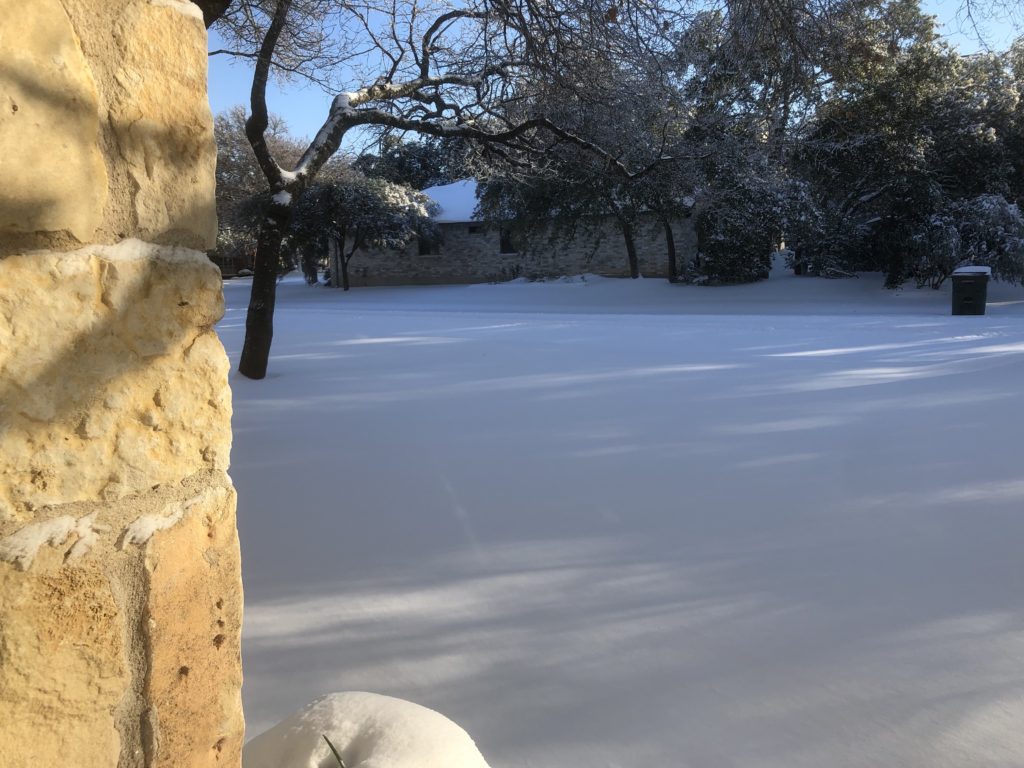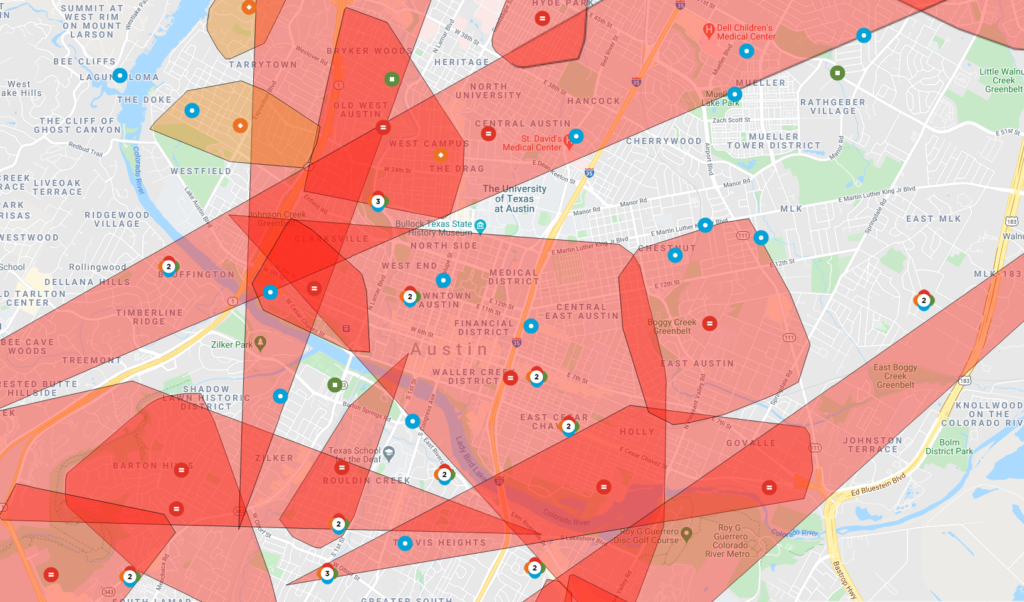I reached out to the Texas Public Policy Foundation’s energy expert Katie Tahuahua about the dire energy problems brought about by the huge winter storm, here are her answers:
1. The Texas Interconnect Grid is a separate grid from the U.S. Eastern and Western Interconnect grids. What advantages and disadvantages does this provide for Texas energy consumers?
KT: The advantage of Texas having its own electric grid is that our communities aren’t affected by poor policy choices in other states we have no control or accountability over. However, it also means we must bear the full costs of our choices and feel the full brunt of crises like the blackouts across the state this week.
2. What role does ERCOT serve in managing the Texas Interconnect grid?
KT: The Electric Reliability Council of Texas (ERCOT) manages the Texas Interconnection Grid — although, unfortunately, the “Reliability” in its name has now been called into question.
3. The current wave of extreme cold was forecast in advance. Why were so many electricity-producing entities caught off-guard?
KT: There are two problems here. The first is that ERCOT waited too long to initiate conservation measures to meet increased demand as the weather turned colder. However, this delay wouldn’t have been a problem at all had Texas not put so many eggs in the renewable basket. Instead of adding more reliable fossil fuel generation to the grid over the last few years to keep up with our growing population and electricity demand, we’ve closed over 3,000MW in natural gas and clean coal and instead added 20,000MW of unreliable wind and solar to the grid. Unfortunately, all that wind and solar was barely generating when Texans needed it most. By Monday morning, half of Texas’ wind turbines were frozen solid and total wind generation bottomed out at 2% capacity by Monday night. Because of this massive gap in wind production and ERCOT’s delay, what should have been a series of brief rolling blackouts — inconvenient but manageable — instead turned into millions of Texans left in the cold and without answers.
4. What, if any, role has ERCOT’s demand pricing policies played in helping create the current crisis?
KT: ERCOT does not currently have demand pricing policies. While voluntary demand pricing programs could help prevent situations like this, any regulatory solution should place the cost of ensuring reliable electricity on the generators where it belongs, not on the customers.
5. A great number of Austin households are without power right now. Has Austin energy performed notably worse than other government power entities, and what policies have contributed to making the situation worse?
KT: Anecdotally, we know that there are communities in several areas of the state still without power. It does not appear that the blackouts are worse in Austin than anywhere else. However, Austin’s boisterous promotion of unreliable renewable energy — and their expensive failed efforts to use it — have reduced reliability for their customers and for the broader Texas grid. Unfortunately, San Antonio and CPS Energy are going down the same path that will put their ratepayers on the hook for $1 billion and further jeopardize the security of our grid.
6. How much, if any, has the push for “renewable” energy courses like wind and solar contributed to the current energy difficulties in Texas?
KT: It’s clear that policy decisions favoring unreliable wind and solar energy made blackouts such as this inevitable at some point. The severity of this blackout could have been reduced had ERCOT acted more swiftly — but it never would have been an issue had our grid not been so deeply penetrated by unreliable energy sources that contribute the least when they are needed the most, yet are propped up by billions in taxpayer-funded subsidies every year.
The Texas Legislature should end these subsidies and require all electric generators to guarantee a certain amount of “dispatchable,” or readily available, power to the grid at all times. The Texas Public Policy Foundation and our Life:Powered initiative will be working closely with the legislature to preserve Texans’ access to affordable, reliable electricity no matter the weather.
Thanks to Katie Tahuahua for taking the time to answer these questions.
Today is the first time in almost a week that the temperature is going to get above freezing…

